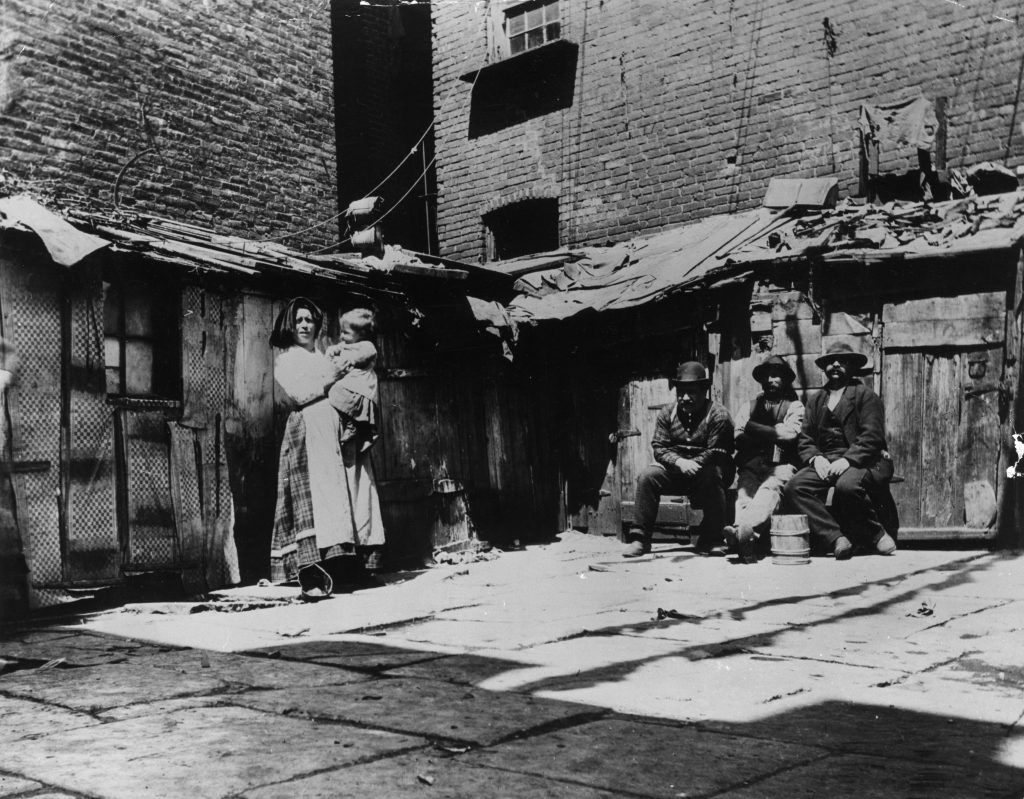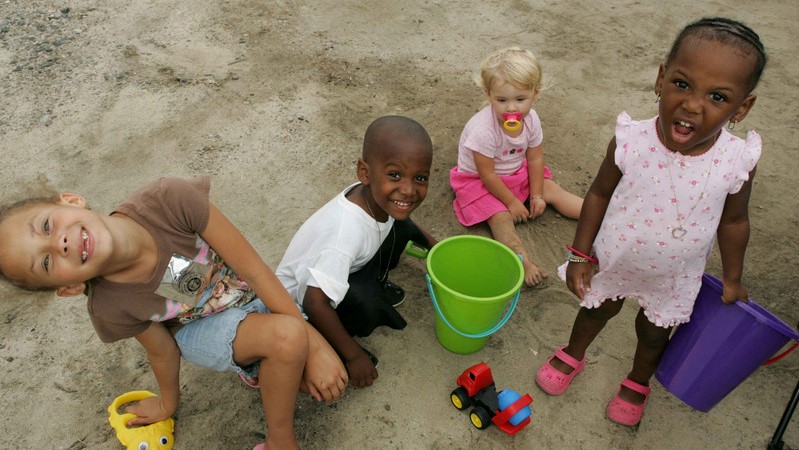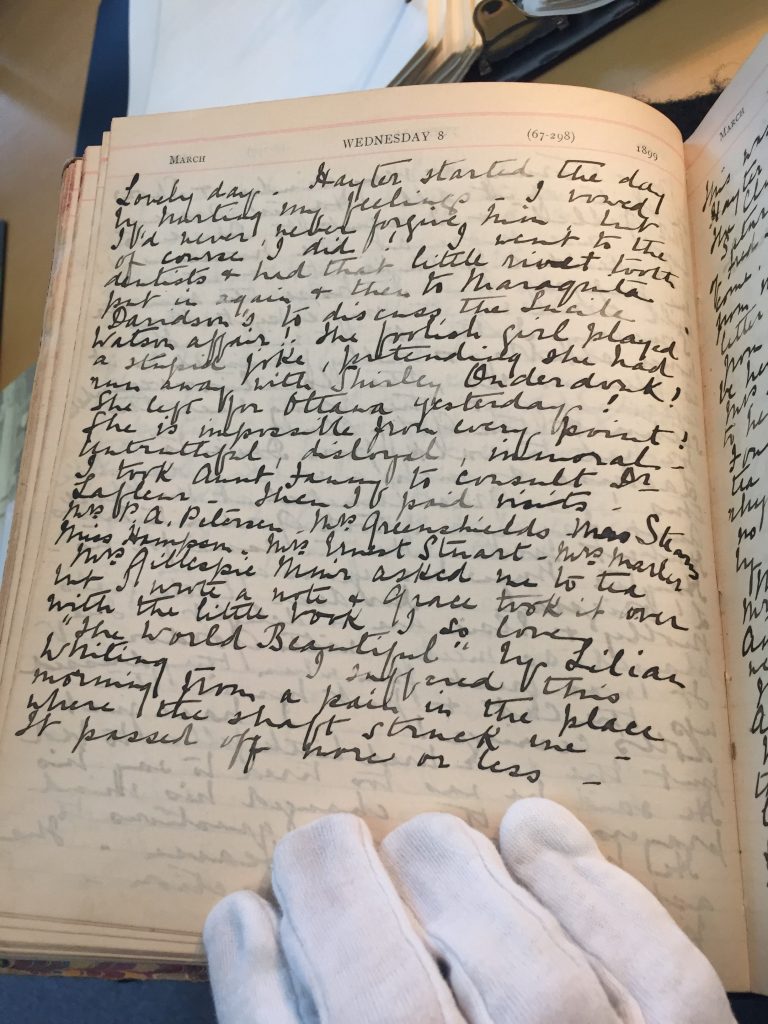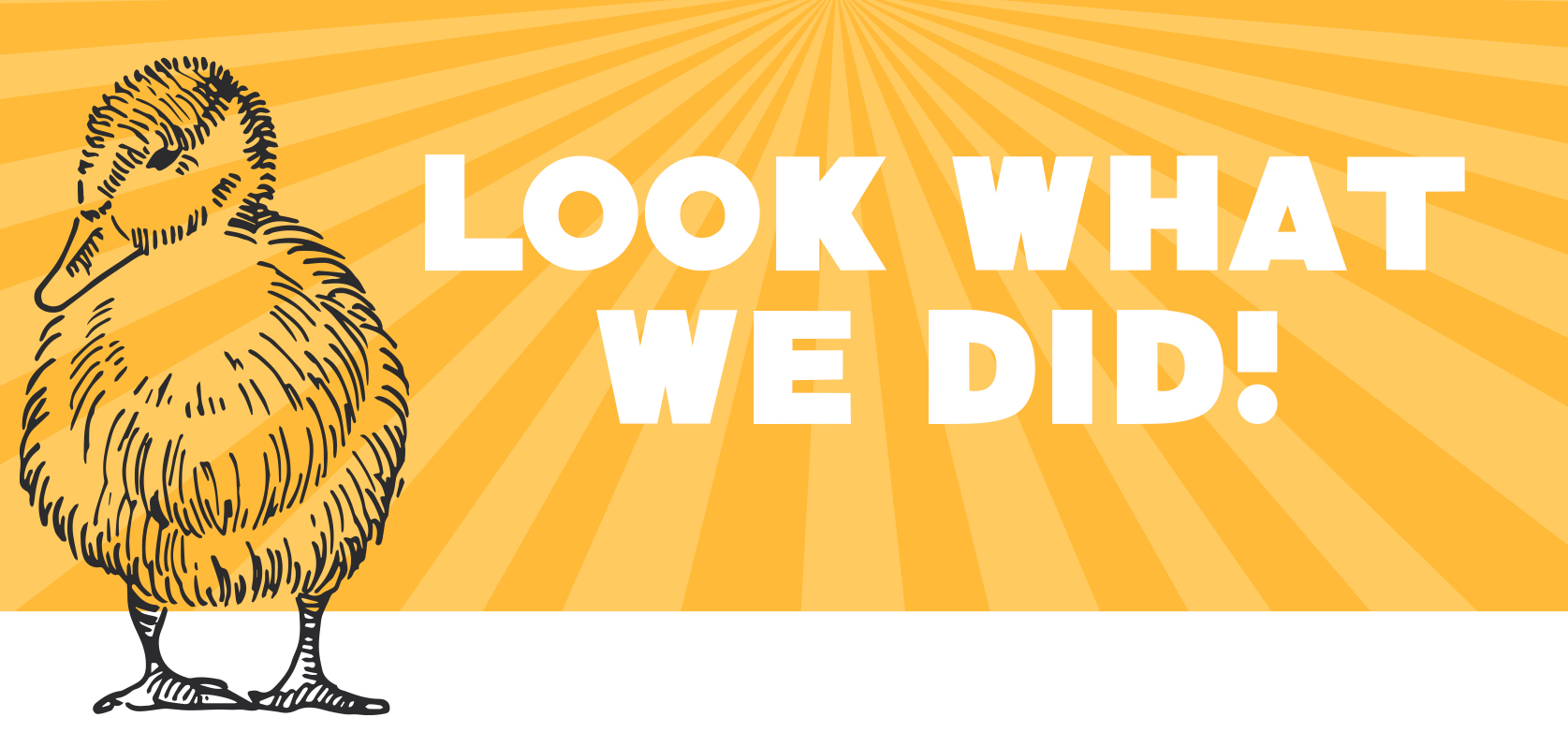Institute for Juvenile Research
Bringing A History of Cutting-Edge Innovation into the Present

The Institute for Juvenile Research (IJR) has a rich history of social justice advancement still practiced today.
Nobel Prize-winning educator and luminary social worker Jane Addams started IJR. In the decades that followed it boasted more than a century of innovation, IJR was started by It was instrumental in juvenile justice reform, invented the EKG, and introduced generations of new readers to “Dick & Jane” books. Many noted academics in the history of child and adolescent development from psychology, criminology, sociology, social work, and education over the last hundred years started their work there.
Today, IJR is active in immigrant rights, community-based practices, violence prevention, restorative justice, children’s mental health, and numerous other areas that are derived directly from its founding ages ago.
As an anniversary date rapidly approached, IJR needed a creative way to bring their history to life and show the through-line past-present-future for its contribution to children’s mental health.

Strategy
The Institute for Juvenile Research (IJR) wanted a brand refresh and a messaging framework. They had a diverse body of work that ranged from specialty clinics, and neuro-imagining guided mindfulness to classroom-based mental health interventions and community based behavioral practices. Still, philosophically there was little alignment in these approaches or their outcomes.
They all just got their mail at the same address. A spiffy new logo and messaging weren’t going to cut it.
We set up shop in a dusty library with elaborate in-laid shelving lined with rows of yellowing tomes to interview more than two dozen therapists, social workers, researchers, scientists, psychologists, psychiatrists, and others working in children’s mental health.
That many interviews meant spending a lot of time in a single room, but it gave us a chance to get a feel for the place beyond our conversations—context ran deep.
In those tables, on those shelves, in sepia tone pictures in weary frames and plaques on the wall.
So, in addition to the interviews, we started diving into the history.
We played History Detectives!
We went to Historical Society libraries, signing out archival boxes from hovering attendants to handle aging materials with white cloth gloves under magnifying glasses. The kind of investigative techniques you usually only see in research montages in haunted house movies, but we came away with the names of the founding members of the very first IJR commission.

And, a rich history that transformed the landscape of child and adolescent mental health in America that laid the groundwork for everything they were still working on to that day.
Go, Spot! Go!
Then we created that spiffy logo and the messaging framework.
Results
In a parlor nearly 120 years ago, near Chicago’s Little Italy neighborhood, a group of civic leaders and social workers gathered to address the mental health and social crisis faced by impoverished immigrant children living on the streets. They formed the first steering committee for IJR.
The reforms they made are so ubiquitous today we almost take them for granted.
We were able to script a minidocumentary, Ken Burns-style, on the legacy of IJR that showed at their fundraising gala.
We also incorporated that history into the messaging framework that we produced to tell the IJR story.



